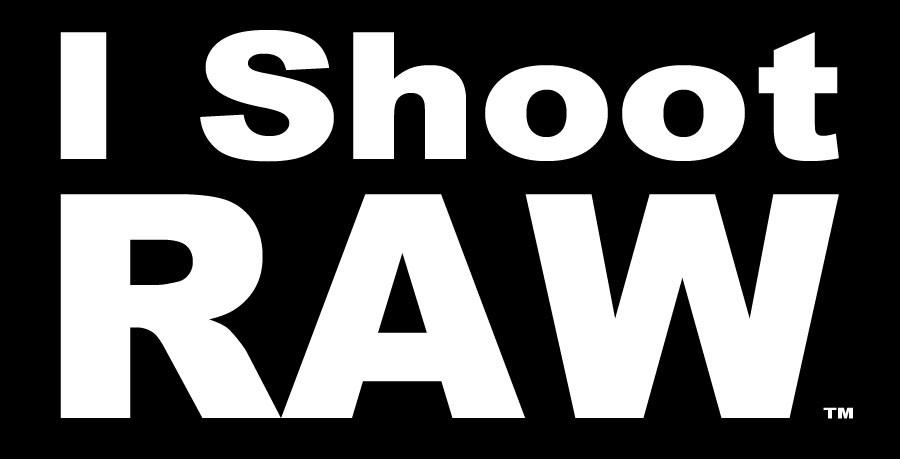A few days ago sitting in a coffee shop I noticed that our barista was proudly wearing a black t-shirt sporting a slogan in a super noticeable bold face “I SHOOT RAW“. We talked, and I learned that the boy had been working on his fine art portfolio and wanted to become a fashion photographer. Then I asked him about the t-shirt. “Yes”, he said, “I shoot raw”. “Why”, I asked, fully prepared to hear about the non-distructive editing and extended photographic latitude. The answer, however, was astonishingly disappointing: “Cuz RAW is cool”. At first I thought that he was joking, but no, it was indeed a full extent of his knowledge on that issue. This is basically the reason I decided to write this post.
Raw format (for which, by the way, each camera manufacturer has its own idea) is an amazing thing indeed. Anyone who has ever shot film knows how liberating negative film is compared to E-6 slides. The latter requires constant acute awareness of the lighting, as slides offer a notoriously narrow margin of error, especially on the side of overexposure. On the other hand, wide latitude of the color negative film and its resilience in high-contrast situations comes at a price in a form of less vibrant colors and lower resolution. That was then. Now we do not have to make these hard choices, unless, of course, we refuse to shoot raw.
Raw format unites the best of both worlds: in addition to a higher dynamic range formerly associated with slide film, just like negatives it generously offers full control of all aspects of image quality: white balance, exposure, noise reduction and lens correction. The latest version of Adobe Lightroom CC, now an industry standard in still image processing, sports six stops of exposure correction and the quality of noise reduction simply mind-blowing by even three-year-old standards.
Primary correction, however, is not the only thing that raw files are so well suitable for. The thing is, raw files contain much more information that one can see when they are just opened, and any of it can be made visible. Just by a few slight tweaks in basic and color panels, a picture that looks like nothing turns into a gallery-grade photo.

Just compare two versions of the same photo. Fig. 1 is a direct conversion of a DNG (a Leica version of Raw) that came out of a Leica SL camera body fitted with a Leica Vario-Elmarit SL 24-90/2.8-4 zoom set at its greatest focal length.
Fig. 2 is the same image with a few adjustments, as shown on screenshots below

This is what had to be done to bring the image to its senses:
It may seem somewhat intimidating, yet in reality it literally takes a minute to do all these adjustments. All controls make perfect sense, and results of the adjustment are visible in real time.
Being of an exceedingly low opinion of the current Adobe marketing practices that force photographers into a lifelong subscription service, I have to admit that Adobe Lighroom Classic CC is the best overall application for any photographer. While Capture One offers more options for fine-tuning the image, Lightroom is much more streamlined and easy to use while delivering comparable image quality.
Irakly Shanidze © 2018





dng is an Adobe RAW format, though used by Leica.
Yes, indeed, this is common knowledge.